Unit 5: Organizing for Innovation at Google - Discussion Post
VerifiedAdded on 2022/08/19
|5
|812
|14
Discussion Board Post
AI Summary
This discussion post analyzes Google's innovative organizational structure, specifically examining the advantages and disadvantages of its flexible and flat "technocracy" on the creative side. The post explores how Google's unique culture influences the type of employees it attracts and retains, emphasizing the importance of innovation and creativity. Furthermore, it addresses the tension between centralization and decentralization of R&D activities, highlighting the challenges faced by multinational firms compared to those operating in a single national market. The student provides a response to a peer's post, offering agreement and disagreement on the discussed points, and references relevant literature to support the arguments. The discussion delves into the impact of Google's culture on employee engagement and potential turnover, as well as the practical application of organizational structures in various companies.
1 out of 5
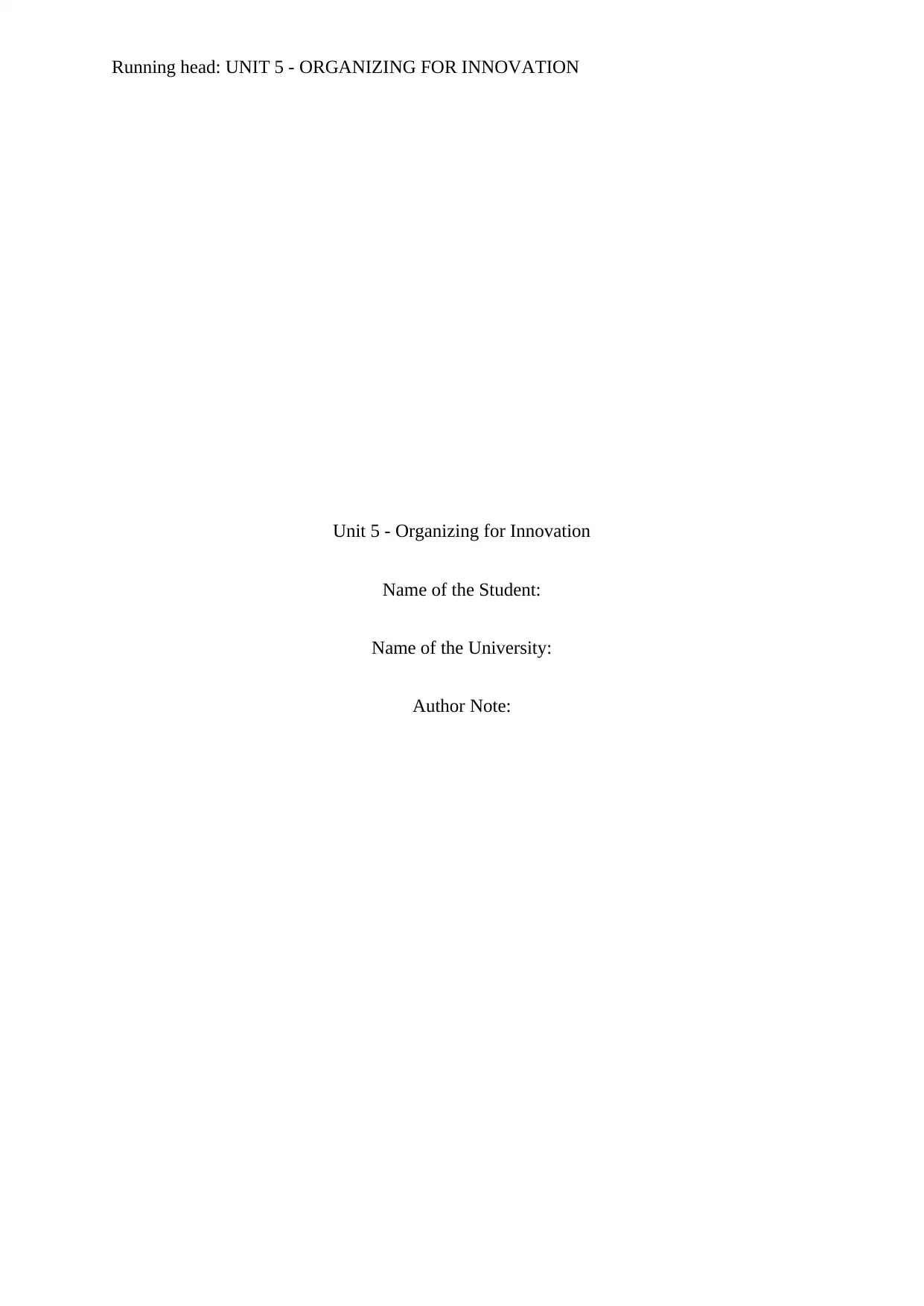
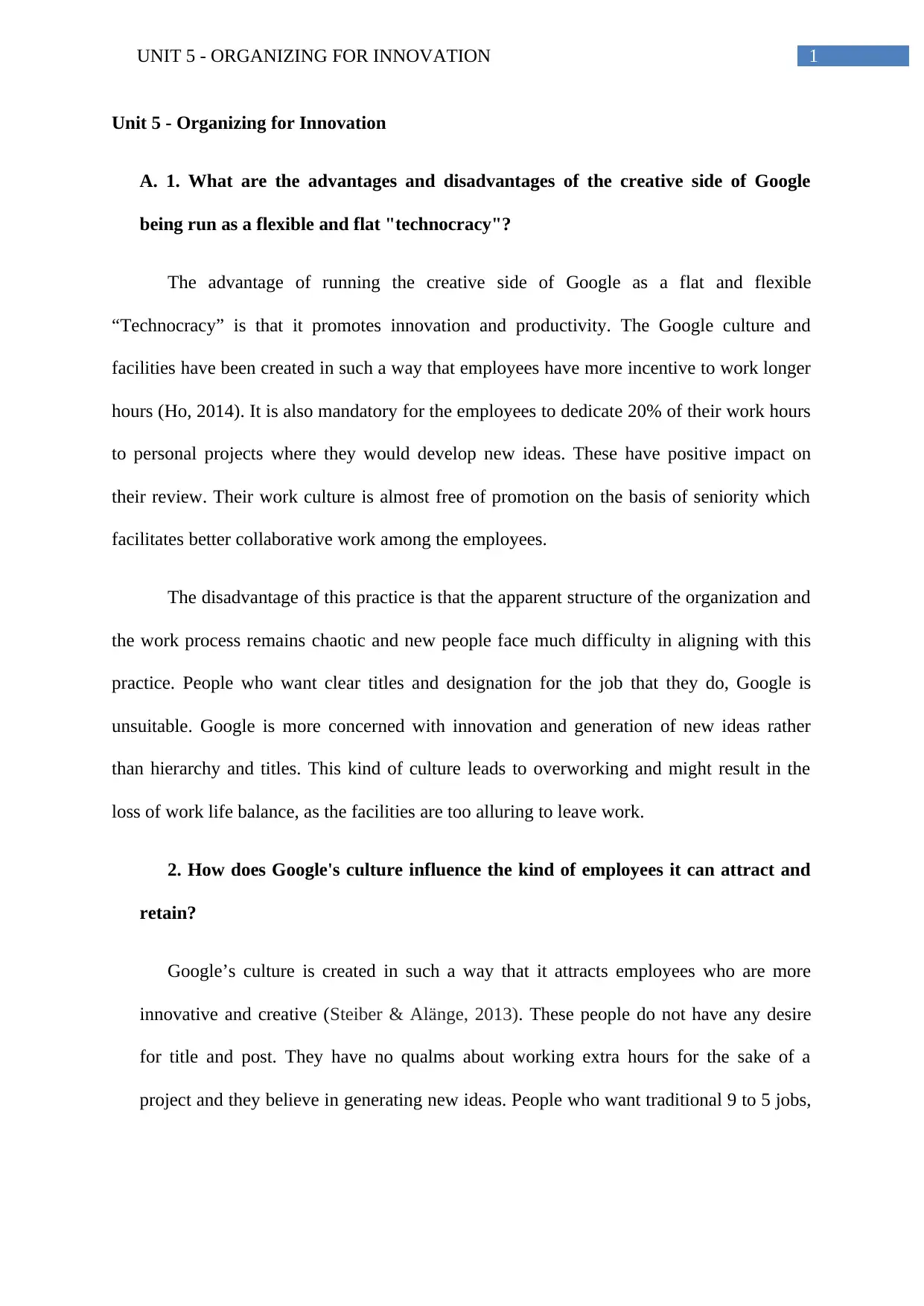
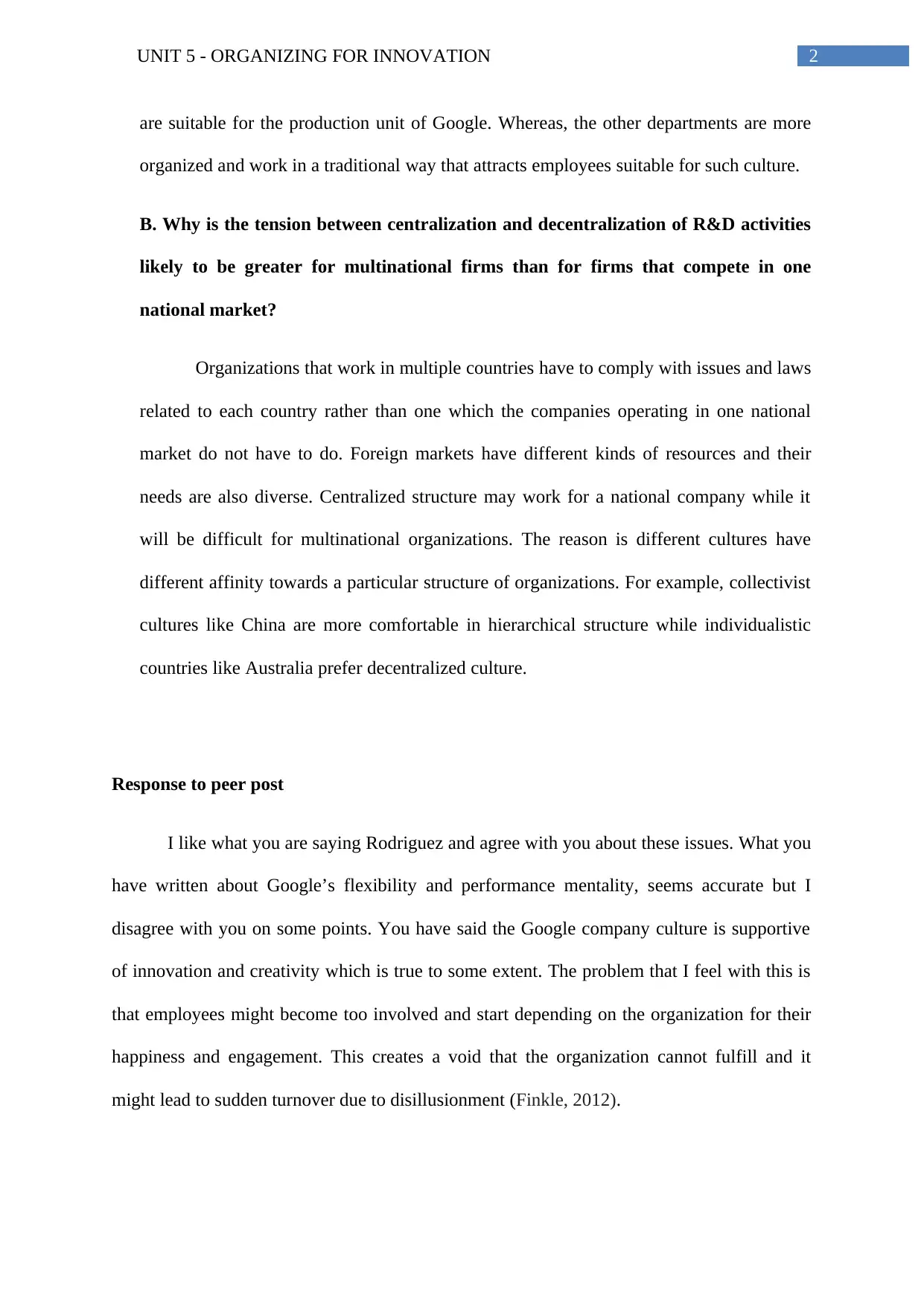

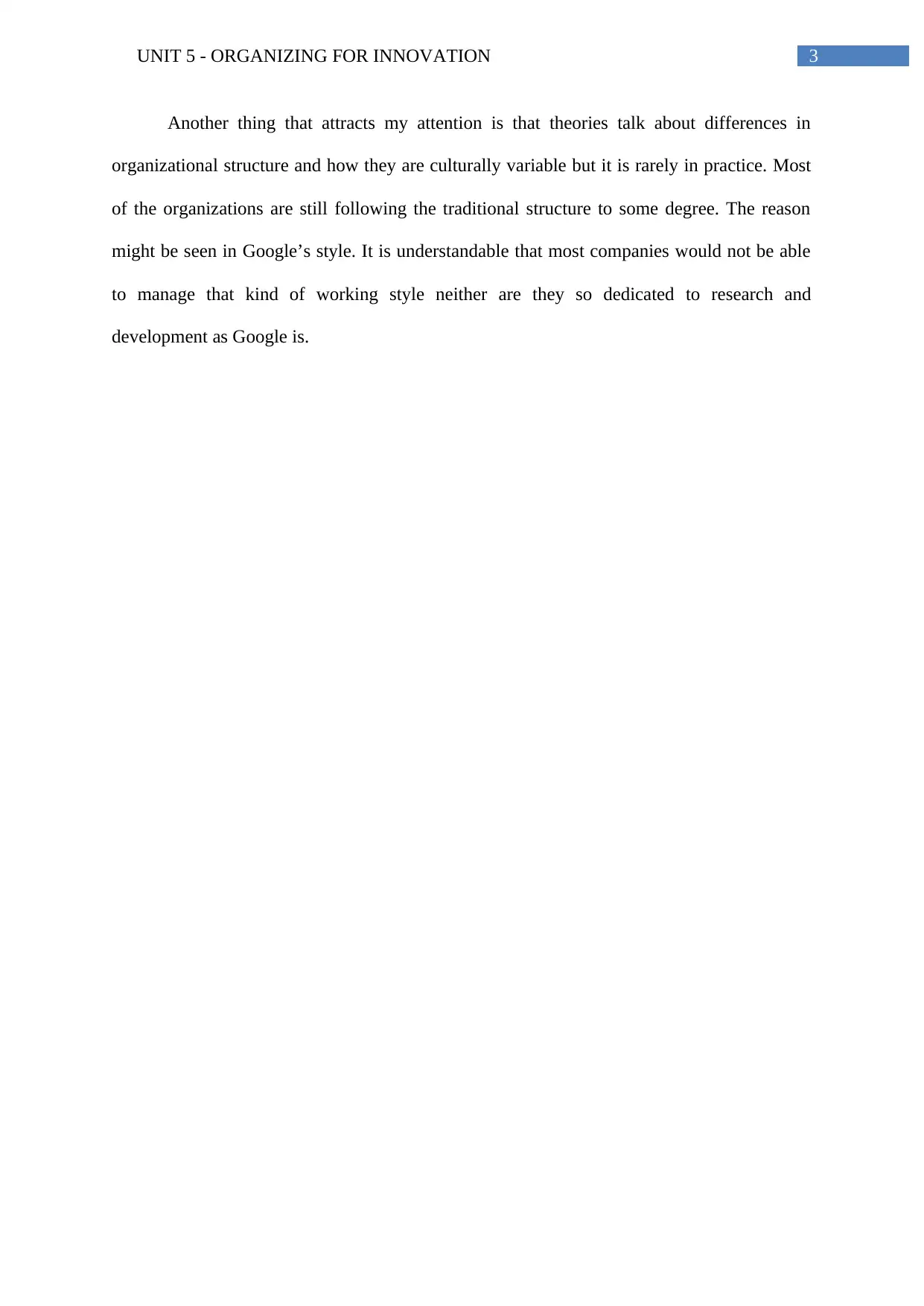
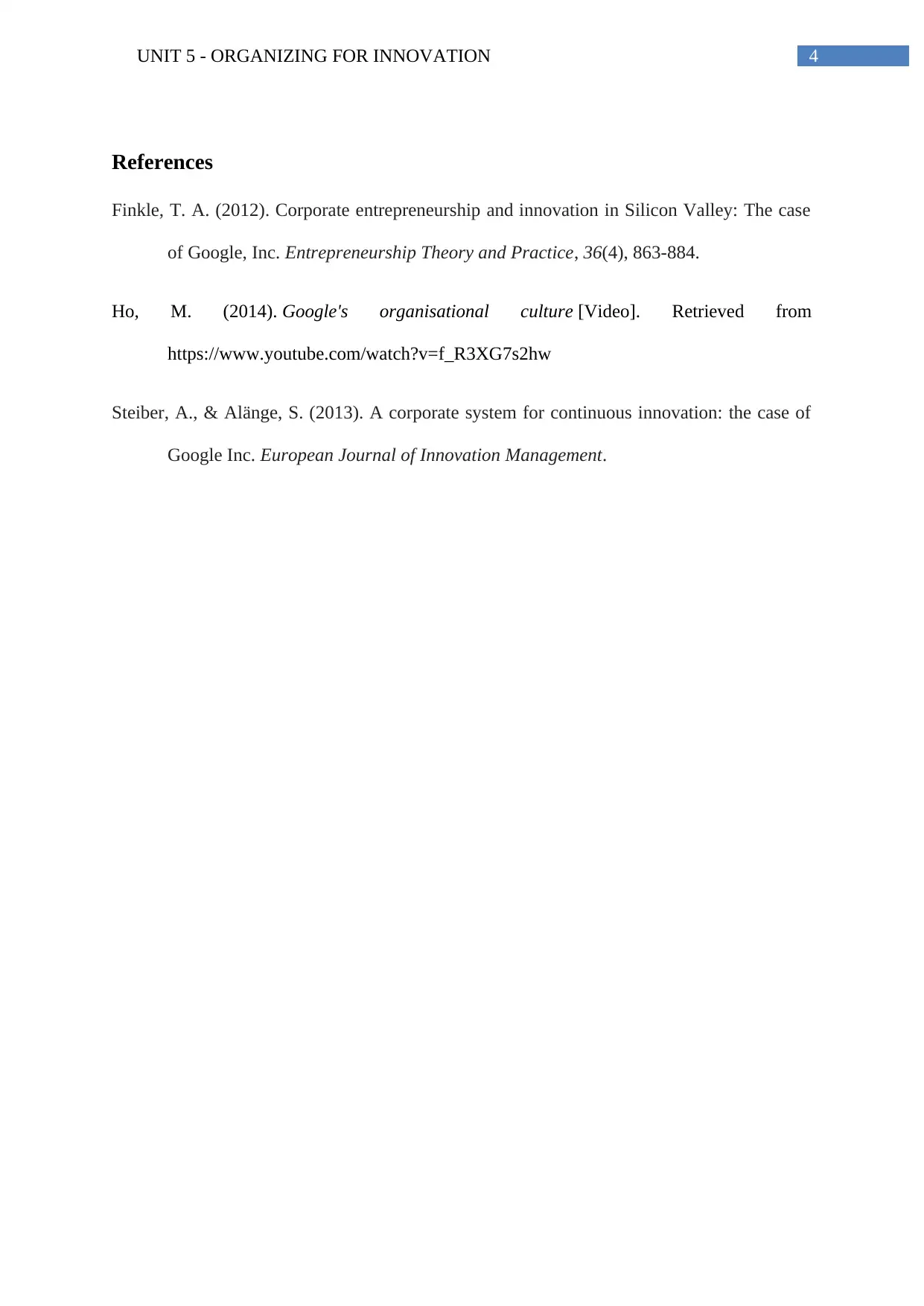





![[object Object]](/_next/static/media/star-bottom.7253800d.svg)